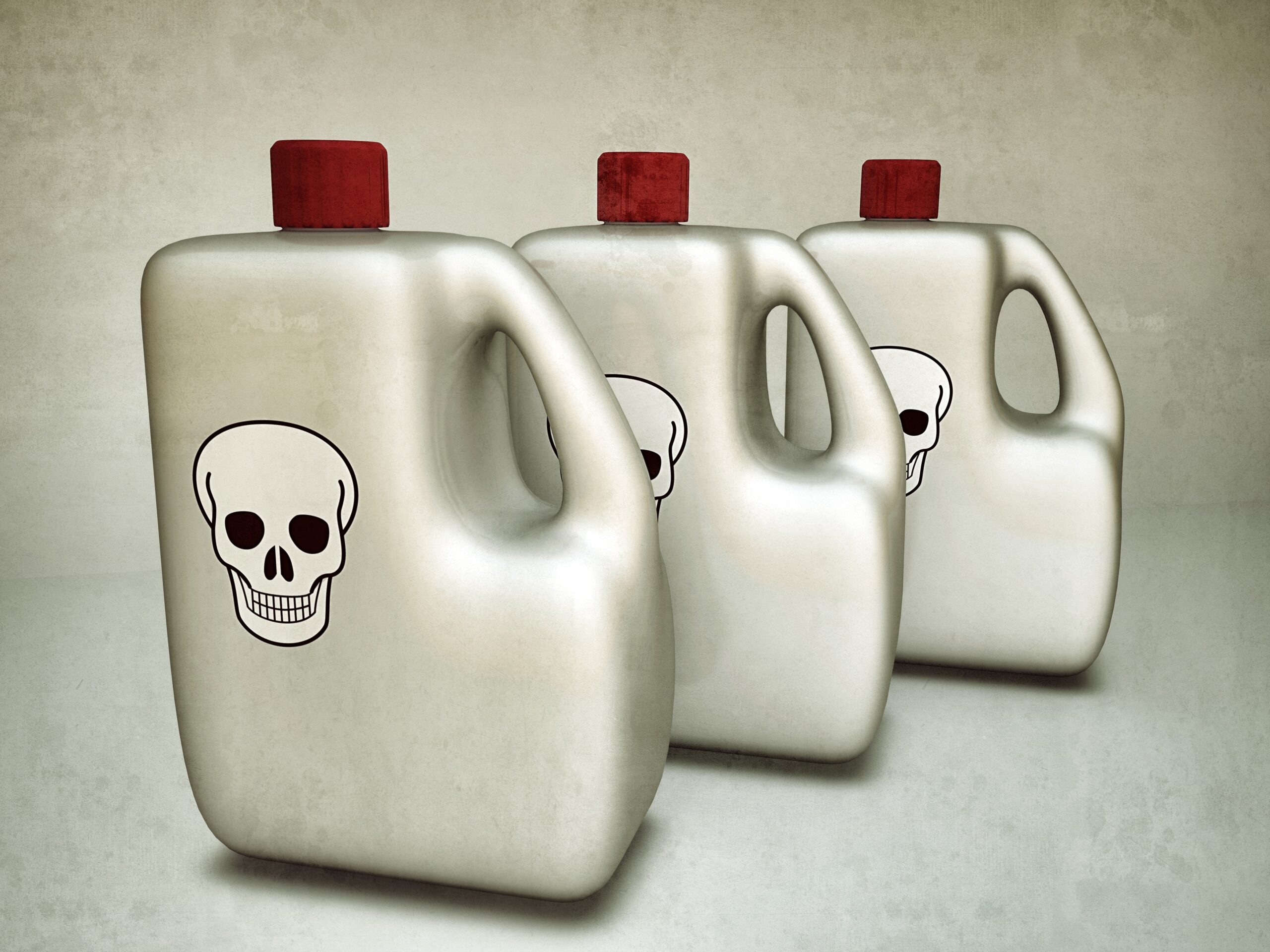In 2020, record numbers of people and homeowners were gardening, according to Minnesota-based research firm Axiom Marketing. Of those surveyed, more than 85% plan to keep digging in the dirt this year, too.
All gardeners enjoy lush plants and the blossoms and fruit they yield. For any plant to grow, thrive and produce flowers—indoor or outdoor—it requires fertilizer. So, what is fertilizer, and why do plants need it? According to Merriam-Webster, fertilizer is defined as “a substance used to make soil more fertile.” The purpose of fertilizers is to supplement the nutrients within the soil and feed a plant what it needs. More fertile soil produces healthier plants, and let’s face it: we all want healthy plants.
Just as the human body requires certain elements and minerals to live and maintain a healthy lifestyle, plants also must obtain certain components to maintain their health. There are 16 nutrients that plants require: some are essential, macronutrients and micronutrients.
- Essential nutrients are carbon, hydrogen and oxygen, which plants obtain from air and water;
- Macronutrients include nitrogen, phosphorus and potassium —the primary macros—as well as sulfur, magnesium and calcium, the secondary macros; and
- Micronutrients include iron, manganese, zinc, copper, boron, molybdenum and chlorine.
As the primary macronutrients, nitrogen, phosphorus and potassium are what any plant requires in the largest quantities for growth. Nitrogen promotes new tissue and lush foliage; phosphorus stimulates blooming and fruit, stem and root formation; and potassium helps plants process their foods and improves overall heartiness.
When you visit any garden center or nursery, a bag of fertilizer will display three numbers that tell you the proportion of primary macronutrients it contains. The first number stands for nitrogen (N), the second is the amount of phosphorus (P) and the third number represents potassium (K). This N-P-K ratio reflects these nutrients by percentage within the bag. So, for example, a bag of 10-5-5 fertilizer contains 10% nitrogen, 5% phosphorus and 5% potassium; the remaining ingredients are composed of other trace elements and filler.
Now that you know the 16 nutrients, how do you provide them for your plants? The best way to achieve this for both your plants and your overall environment is to use organic (natural) fertilizers versus synthetic (chemical) fertilizers – and you don’t need to spend a lot of money on either giving your plants and flowers all they need. Here’s a general breakdown of the two types:
Organic fertilizers: These can range from animal manure to compost to bone meal but are not water-soluble and generally provide less precise amounts of nutrients. There are even DIY fertilizers (compost) that can be found in your pantry or backyard, such as coffee grounds, eggshells, banana peels, food scraps, grass clippings, weeds and tree leaves.
To utilize yard waste, collect trimmings, place them into a 5-gallon bucket up to ¼ full, fill the bucket with water, and let the weeds soak for a week or two. When it turns brown, like tea, pour your “weed tea” on your garden or plants; it’s high in nitrogen. Sprinkle used coffee grounds, which contain acids, around your flowers and plants. Bury banana peels that contain potassium into the topsoil in your rose garden. These DIY fertilizers are ideal for outdoor plants and are best utilized in the fall season to prepare the soil’s nutrients for growth in the spring.
If you want to forgo the work and mess of composting, Espoma Organic All-Purpose Plant Tone Fertilizer can be fed to flowers, vegetables, shrubs and trees. Its N-P-K ratio is 5-3-3, with a slow-acting formula that releases nutrients throughout the growing season.
Synthetic fertilizers: Most commercially produced fertilizers are water-soluble inorganics and come in granular and powdered forms, providing plants with exact quantities of essential nutrients. Granular types deliver food slowly and over a longer period of time, whereas mixable fertilizers act quickly but require more frequent application. These fertilizers are best utilized in the spring because their nutrients are highly water-soluble and ready to aid in plant growth.
A well-known and trusted brand is Miracle-Gro All Purpose Plant Food. Its N-P-K ratio is 24-8-16 and is suitable for vegetables, trees, houseplants and more.
Jack’s Classic All Purpose Fertilizer feeds indoor and outdoor plants, including perennials, shrubs, evergreens and more. Its N-P-K ratio is 20-20-20 and releases nutrients gradually for up to four months.
To achieve vigorous growth for flowering and vegetable plants by using only a small amount, Osmocote Smart-Release Plant Food is ideal for promoting more flavorful vegetables. Its N-P-K ratio of 14-14-14 is in pellet form, coated in a resin that releases food slowly initially, then more quickly during peak growing season for up to four months.
For indoor plants, Dyna-Gro Plant Food contains all 16 of the nutrients that plants need—making it ideal for container-grown indoor plants, hydroponics or plants in rocky soil. Its N-P-K ratio is 7-9-5 and includes the essential macronutrients and micronutrients, too.
Fertilizing your plants isn’t only smart; it’s necessary for them to grow and blossom to their full potential. It’s also good to note that all plants differ, requiring their own nutritional needs just like humans, so doing a little homework about the plants you want in your home or garden will go a long way in keeping you happy—and your plants healthy and happy—while digging in the dirt and afterward.








Leave A Comment